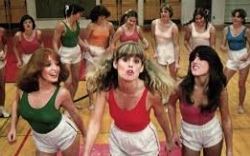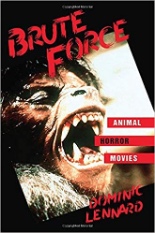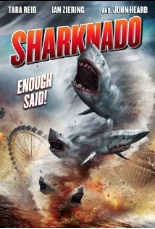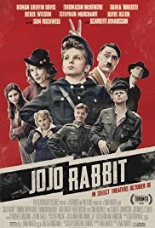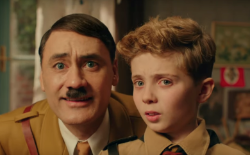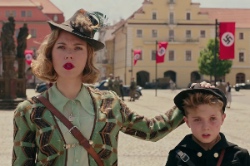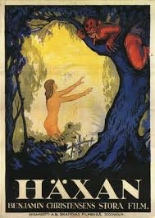
 Certain films feel more like a devilish fever dream than an actual movie made by human hands; the silent film Häxan is definitely one of those wholly unholy flicks.
Certain films feel more like a devilish fever dream than an actual movie made by human hands; the silent film Häxan is definitely one of those wholly unholy flicks.
Filled with the most satanic of imagery this side of heaven, this Swedish silent film — purported to be a historical study of witchcraft — opens with at least two full acts of drawings and woodcuts as the title cards tell the malicious tale of fiendish covens that gather in the middle of the darkest night to give Beelzebub a gentle kiss on his pert bottom, as well as other diabolically sexy goings-on.
And, as interesting as all of that is, Häxan earns its demonic name from the spooky reenactments that feature, of course, ol’ Nick Scratch and his dirty little pranks on poor humans, such as dumping gold coins all over an impoverished woman’s bed. What a dick!
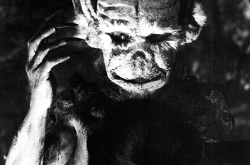 But really, it’s the story of the Inquisition and the holy men who led it that is perhaps the most frightening part of this film. Like a malevolent game of telephone, the trail of witches and their accusers is as long as the Prince of Darkness’ curled tail; the various medieval torture techniques are also displayed here to cringeworthy effect, many looking far too real.
But really, it’s the story of the Inquisition and the holy men who led it that is perhaps the most frightening part of this film. Like a malevolent game of telephone, the trail of witches and their accusers is as long as the Prince of Darkness’ curled tail; the various medieval torture techniques are also displayed here to cringeworthy effect, many looking far too real.
With the Dark Lord essayed by director Benjamin Christensen himself, he seems to have cast the most destitute and elderly of Sweden as the tortured fools of the tumultuous time, bleary-eyed, scab-covered and missing most of their teeth. It’s a haunting recitation of evil — or what they, at that moment, thought was evil, including the woefully disturbed and sadly handicapped.
If you are averse to silent films, however, in 1968 Häxan was re-released as Witchcraft Through the Ages, an edited version which manages to be even creepier, thanks to William S. Burroughs’ cronish narration and an absolutely unsettling score by Jean-Luc Ponty. Now you can’t tell me that the archfiend didn’t have a hand in that … —Louis Fowler

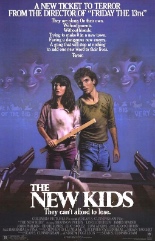
 With their parents perishing in a car wreck, military-base teens Loren (Shannon Presby, Trackdown: Finding the Goodbar Killer) and Abby MacWilliams (Lori Loughlin,
With their parents perishing in a car wreck, military-base teens Loren (Shannon Presby, Trackdown: Finding the Goodbar Killer) and Abby MacWilliams (Lori Loughlin, 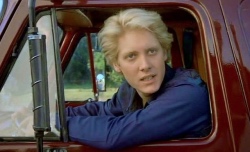
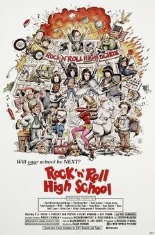
 Cinema of the ’70s gave us a whole litany of cool characters to cheer for, from John Shaft to Han Solo; for me, however, one of the coolest characters has always been a smart-mouthed teen who not only blew up her high school in the name of rock and roll, but got the Ramones to play while doing it.
Cinema of the ’70s gave us a whole litany of cool characters to cheer for, from John Shaft to Han Solo; for me, however, one of the coolest characters has always been a smart-mouthed teen who not only blew up her high school in the name of rock and roll, but got the Ramones to play while doing it. 